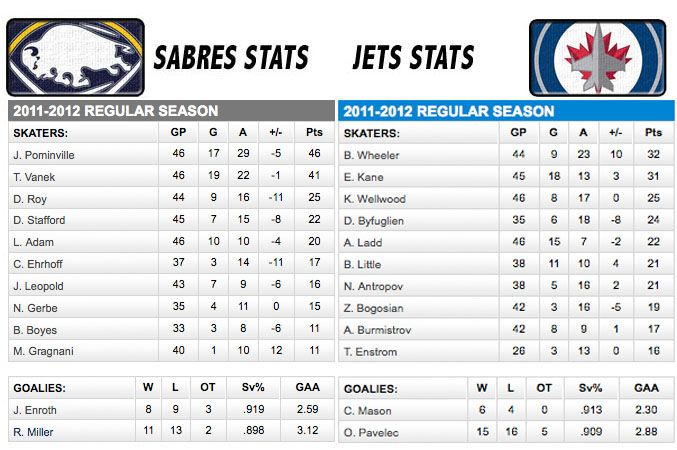The Biographical Encyclopedia of the Negro Baseball Leagues by James A. Riley is an invaluable asset when referencing the American Negro League Baseball. Listed in its near 1,000 pages are every single player who made a roster with a Major League level NLB team including some who may not have played and others who played primarily in other leagues. For basic knowledge, I have yet to see a better resource, including websites like baseball-reference.com, for the entire history of the Negro Leagues.
If there is one failure to this book, it is that there are too many players to cover. This is not the fault of the author, but of trying to cover the entire history of a league that lasted for more than half a century in a single reference book. Because of this, the entries are necessarily short and for the majority of players, are only a few lines long with the most basic stats (generally just win-loss record or average) and their primary teams and positions listed. For players from the early years, where little is known but their name, the reader will learn often that they played for
“one of eight teams that were charter members of the League of Colored Baseball Clubs in 1887. However, the league’s existence was ephemeral, lasting only a week.”
With little else known of these early teams, that statement is copied and pasted hundreds of times throughout. On the other side, known players, such as Oscar Charleston and Satchel Paige, take up multiple pages despite the fact that it is easy for anyone to find more information about these famous players.
Where this particular source is truly effective is in its own sources. While some of the information included comes from the traditional areas of newspaper articles and lore, much comes from those who were actually involved in the Negro Leagues including Monte Irvin, who wrote the introduction. More than 100 of these former players where included in the research group including some of the most famous players of the 1950’s like Roy Campanella, Orlando Cepeda and Don Newcombe as well as some from earlier ages, like Cool Papa Bell and the children of greats of the age like Josh Gibson, Jr. Because these people were available for reference, many stories are included in the book that are unavailable anywhere else.
Another set of rarely seen information included is the performance of Negro League players in the Caribbean leagues. If little is known of the Negro Leagues, almost nothing is known of the Mexican, Cuban and Puerto Rican leagues of the early and mid 20th century. During this period, many Negro Leaguers jumped to these other leagues for the increase in pay and decrease in discrimination. There were others, especially from Cuba, who did the opposite, jumping from the Caribbean leagues to Negro League Baseball and the entire career of each player of importance is included. The same is generally true of those players who made the jump from the Negro Leagues to the Majors, like Jackie Robinson, Larry Doby and lastly, Hank Aaron.
The fact that the Negro Leagues needed to exist in the first place was terrible, but history can’t be changed and years after should not be forgotten. We remember every little story from Ty Cobb‘s and Babe Ruth‘s careers and this book sheds just a little light on the players that should have played along side them. This is not the type of book that you would want to sit down and read straight through, but is an excellent companion for other Negro League stories, like Shades of Glory, as deeper information can be found about almost every player in NLB history. In general, the facts about these years are still largely uncertain (for example, the stats in this book don’t even remotely match those on baseball-reference’s Negro League pages), but with authors like James Riley keeping the history alive and writing it down while those who participated are still alive, history is becoming clearer and clearer.
Add The Sports Daily to your Google News Feed!

